Di seguito troverete brevi informazioni per 8196S, 8196M, 8196L. Questi laccetti di fissaggio Posey per cannula tracheostomica sono disponibili in tre taglie per adattarsi a neonati prematuri fino ad adulti di grossa corporatura. Il loro scopo è quello di tenere in posizione una cannula tracheale. Per l'applicazione, si infila la chiusura a gancio attraverso un'asola della cannula e si fissa al cuscinetto del collo, si incrociano i laccetti sotto il connettore del paziente e si legano sopra di esso. È fondamentale seguire attentamente le politiche della struttura per il monitoraggio del paziente, l'applicazione del prodotto e l'integrità cutanea. Controllare sempre il prodotto per eventuali danni prima dell'uso e non forzare la rimozione della chiusura.
Di seguito troverete brevi informazioni per 8196S, 8196M, 8196L. Questi laccetti di fissaggio Posey per cannula tracheostomica sono disponibili in tre taglie per adattarsi a neonati prematuri fino ad adulti di grossa corporatura. Il loro scopo è quello di tenere in posizione una cannula tracheale. Per l'applicazione, si infila la chiusura a gancio attraverso un'asola della cannula e si fissa al cuscinetto del collo, si incrociano i laccetti sotto il connettore del paziente e si legano sopra di esso. È fondamentale seguire attentamente le politiche della struttura per il monitoraggio del paziente, l'applicazione del prodotto e l'integrità cutanea. Controllare sempre il prodotto per eventuali danni prima dell'uso e non forzare la rimozione della chiusura.







-
 1
1
-
 2
2
-
 3
3
-
 4
4
-
 5
5
-
 6
6
-
 7
7
Di seguito troverete brevi informazioni per 8196S, 8196M, 8196L. Questi laccetti di fissaggio Posey per cannula tracheostomica sono disponibili in tre taglie per adattarsi a neonati prematuri fino ad adulti di grossa corporatura. Il loro scopo è quello di tenere in posizione una cannula tracheale. Per l'applicazione, si infila la chiusura a gancio attraverso un'asola della cannula e si fissa al cuscinetto del collo, si incrociano i laccetti sotto il connettore del paziente e si legano sopra di esso. È fondamentale seguire attentamente le politiche della struttura per il monitoraggio del paziente, l'applicazione del prodotto e l'integrità cutanea. Controllare sempre il prodotto per eventuali danni prima dell'uso e non forzare la rimozione della chiusura.
in altre lingue
- français: Posey 8196 Mode d'emploi
- español: Posey 8196 Instrucciones de operación
- Deutsch: Posey 8196 Bedienungsanleitung
- Nederlands: Posey 8196 Handleiding
- português: Posey 8196 Instruções de operação
Documenti correlati
-
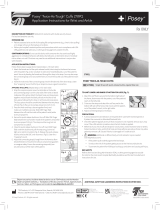 Posey 2789Q Istruzioni per l'uso
Posey 2789Q Istruzioni per l'uso
-
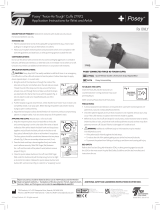 Posey 2792Q Istruzioni per l'uso
Posey 2792Q Istruzioni per l'uso
-
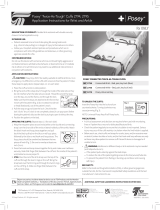 Posey 2794 Istruzioni per l'uso
Posey 2794 Istruzioni per l'uso
-
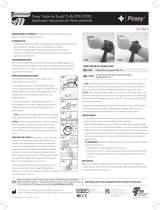 Posey 2790 Istruzioni per l'uso
Posey 2790 Istruzioni per l'uso
-
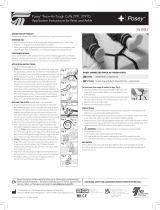 Posey 2791 Istruzioni per l'uso
Posey 2791 Istruzioni per l'uso
-
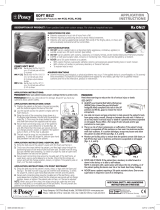 Posey 4125 Istruzioni per l'uso
Posey 4125 Istruzioni per l'uso
-
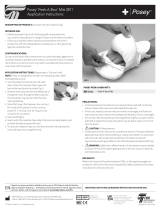 Posey 2811 Istruzioni per l'uso
Posey 2811 Istruzioni per l'uso
-
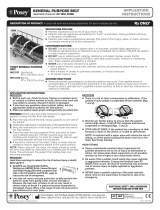 Posey 5550 Istruzioni per l'uso
Posey 5550 Istruzioni per l'uso
-
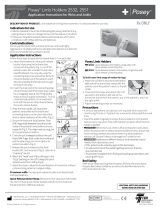 Posey 2532 Istruzioni per l'uso
Posey 2532 Istruzioni per l'uso
-
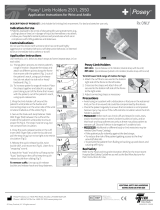 Posey 2531 Istruzioni per l'uso
Posey 2531 Istruzioni per l'uso
Altri documenti
-
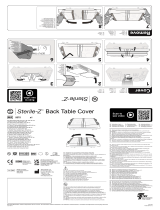 TidiShield Sterile-Z Back Table Cover- 5575 Istruzioni per l'uso
TidiShield Sterile-Z Back Table Cover- 5575 Istruzioni per l'uso
-
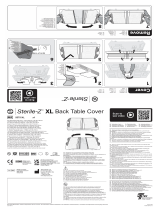 Sterile-Z 5575XL Istruzioni per l'uso
Sterile-Z 5575XL Istruzioni per l'uso
-
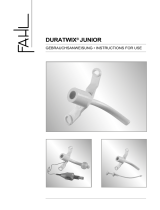 Fahl DURATWIX® JUNIOR NEO Istruzioni per l'uso
Fahl DURATWIX® JUNIOR NEO Istruzioni per l'uso
-
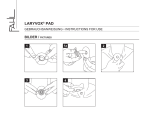 Fahl LARYVOX® PAD Istruzioni per l'uso
Fahl LARYVOX® PAD Istruzioni per l'uso
-
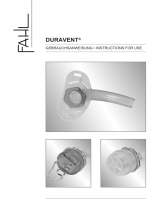 Fahl DURAVENT® UNI LINGO PHON Istruzioni per l'uso
Fahl DURAVENT® UNI LINGO PHON Istruzioni per l'uso
-
Atos Freevent Neckband Istruzioni per l'uso
-
Atos TRACOE Experc Set Twist Istruzioni per l'uso
-
Atos Freevent® Neckband Two-piece Istruzioni per l'uso
-
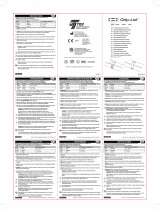 Grip-Lok 3200s Istruzioni per l'uso
Grip-Lok 3200s Istruzioni per l'uso






















